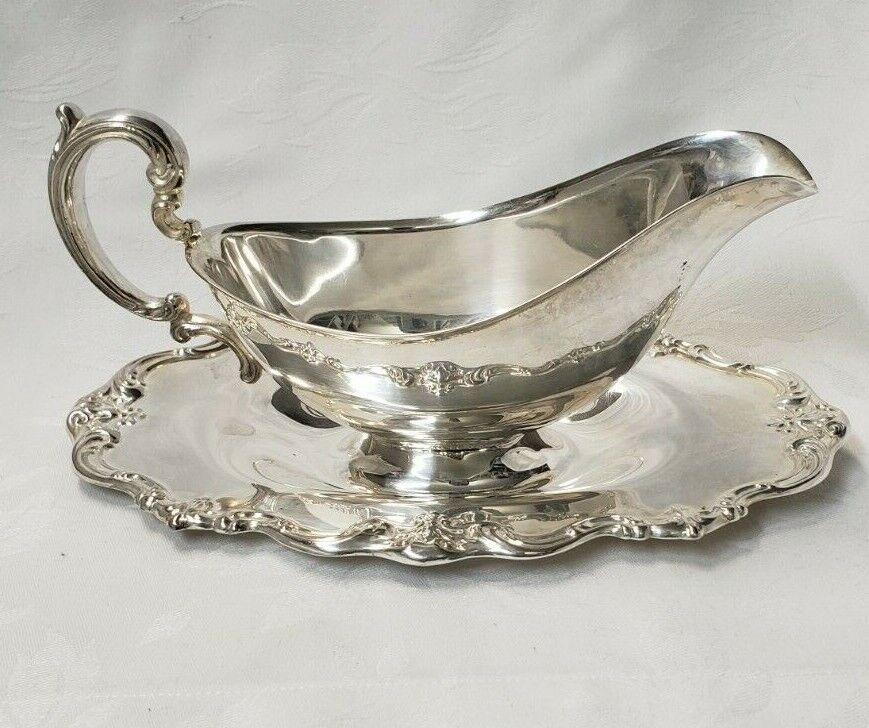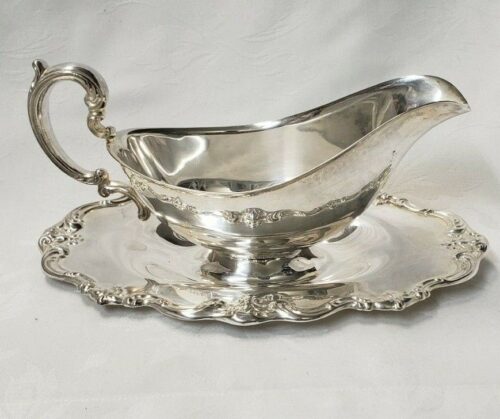
Pamela Pierrepont Bardo
You may have seen our Chicago-based arts and antiques columnist, Pamela Pierrepont Bardo, shuttling between the private clubs and fashionable Chicago and North Shore residences. A former museum director, she’s a certified professional appraiser, and so much more. She is an expert in estate planning and helps people with personal property and safeguarding their assets. She also acts in dissolution of marriage and facilitates charitable gifting. Here she offers her best advice on dealing with your life possessions. She tells you how to acquire, care for, and let go of your valued belongings. She can be reached at ppbardo@bardoappraisals.com.
…Pamela Tells All About Your Possessions: Condition Is Everything!
You own a well-known Pablo Picasso print and might feel like you have good fortune, but your print has a 4” scrape down one side. Would this affect the value? Greatly!
And what about your family’s silver tea service that was wrapped in plastic in the closet for years? You unwrap it to discover dark black lines and dots. Another great loss.
Condition is the state of an object – such as a painting, a table, a kettle, a rug – with regard to its appearance, quality, originality, or working order. Collectors, dealers, auction houses, museums, all want property that is in its original condition. They insist on having the property just as the artist or artisan made it. Pieces of furniture, for example, are frowned upon in the sales arena if they are refinished.
Collectors, dealers, and curators would never buy a painting without inspecting it first with an ultraviolet light called a “Black Light” which turns a bright color in places where newer paint has been added. Inpainting, as it is called, is acceptable in small measures depending on the age, uniqueness, and rarity of the painting. Repainting old American painted furniture and woodwork like desks, ladderback chairs, settees, is considered a modification of an original state and ruins the item’s value.
There was a trend a while back to take old but good mahogany tables, especially the butler’s tray table type, to cut them down for use as cocktail tables. Similarly, bureau, desks, and bedside tables were cut down by decorators to fit a certain space. These pieces, too, have lost their value.
There are differing opinions about loss of value due to resilvering. It is thought by some that an antique, fine old piece that has been heavily used can benefit only from professional resilvering. If the piece is 20th century and fine quality, resilvering can do little harm many say.
The valuables you possess may not be in the condition viable to sell. Whether it’s loss or changes to an object – resilvered, refinished, inpainted, repainted, cut down – the value of the item has been considerably decreased or outright lost.
So, what if you have some lovely things around your home and you want to enjoy, preserve, and protect them? Let me share with you some of my most valuable resources that can help you improve their condition.
First, there should be a ban on plastic wrap around silver! People have had to toss out and therefore lose so much money on wrapped silver. Silver should be cleaned and kept in Pacific Silvercloth® zippered bags or flat rolls for flatware, and the cloth is only $26.25 by the yard at SilverGuard. It’s a genuinely good investment for your family legacy.

An example of silver stored in Pacific Silvercloth® |

An example of silver kept in plastic wrap |
It is so important that every week you wipe down each piece that is out on display or in use with a Tiffany & Co. 18” x 18” anti-tarnish cloth. These are just $10 and work miracles. (Tel. 312-944-7500 x Customer Service).
For silver plating and repair I highly recommend Estes Simmons in Atlanta (Tel. 404-875-9581). Their work is impeccable.
On a regular basis, museums use Wright’s Silver Polish with soft rags in a circular motion. You can buy it from online retailers like Amazon. While on Amazon, get yourself a pack of white cotton lint-free gloves, which print collectors use. After you have everything looking so beautiful, do not let the oil from your hands make work for you!
Spray cleaners should not be used on furniture. They deposit oil and wax on the surface that builds up layers of grime. You will want to get from Amazon the wood cleaner “Guardsman.” Follow the directions and maintain the good condition of your lovely furniture and woodwork. And if you have a chair that needs caning or furniture that needs repair, call Ziggy Osak at Evanstonia Antiques & Restoration in Evanston (Tel. 773-907-0101) for outstanding repairs.
People often report having difficulty in having their table lamps repaired. And they say they have a custom lamp shade dilemma – repair or replace? We have found the solutions in “A Lamp and Fixture Shoppe” on North Elston Avenue in Chicago (Tel. 773-866-0220). The Owner, Paul, takes on everything from chandeliers to desk lamps.
Just recently, a client called in tears because her son had knocked over a tall antique porcelain vase that had been in the family for years. She was relieved when I told her that although the value was gone, the vase could be seamlessly visually restored by Michele and William Marhoefer of Broken Art Restoration (Tel. 815-472-3900).
And there is hope for broken and chipped glass. Just contact The Crystal Cave in Glenview to have your goblets or your cut crystal vase brought back to life (Tel. 847-251-1160).
Don’t forget to keep around the house your bottle of Gorilla Glue. It really solves condition problems on almost anything that is cracked or broken!
Those are just a few of the resources I have accumulated to help you, the owners of valuable possessions, keep the condition of your residential contents in tip-top form – and maintaining their value. If you need referrals for materials not described here you are welcome to email me at ppbardo@bardoappraisals.com.
Next month: Read all about how a good appraisal can be very valuable to you.







